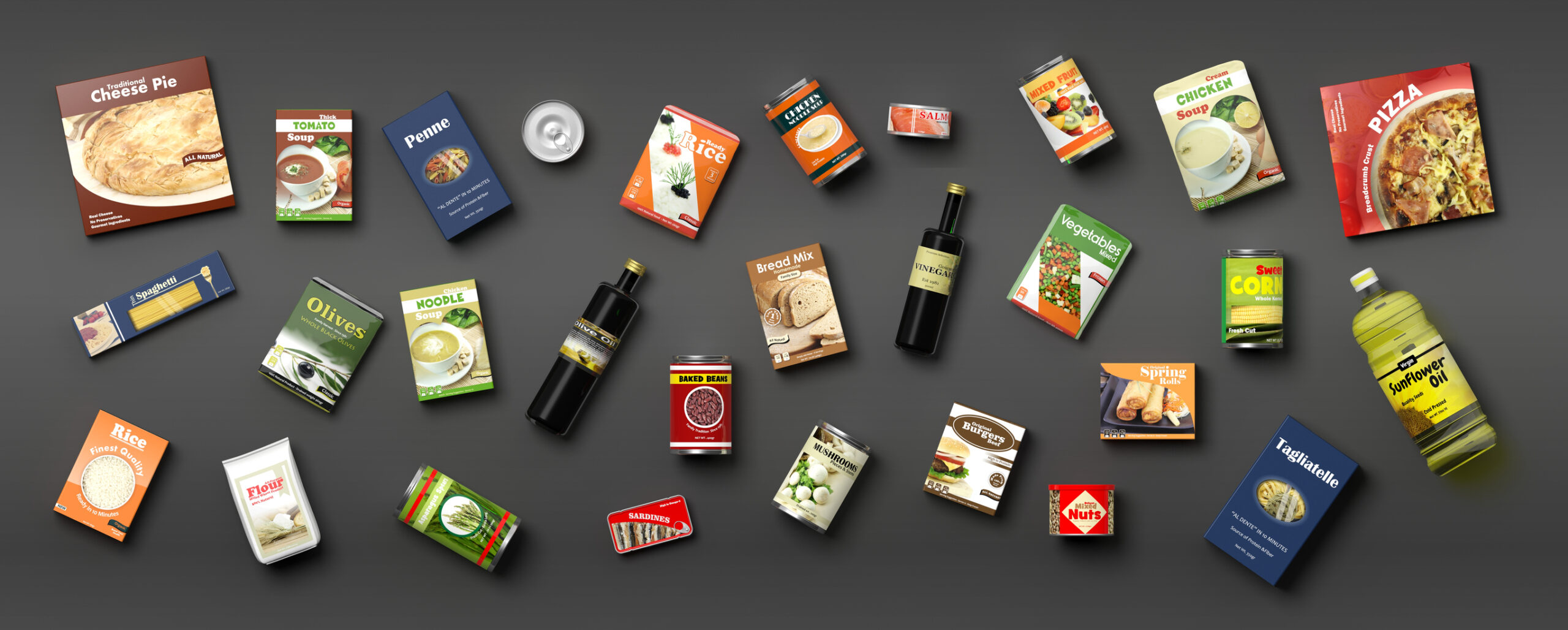
To make better-informed decisions, retailers need an accurate, up-to-date view of the world, especially regarding changes in consumer behavior, the ever-evolving retail environment, and often unpredictable economic factors. As 2023 comes to a close, external pressures continue to impact consumer packaged goods (CPG) manufacturers and retailers alike. Inflation and supply chain issues remain, and consumers are expecting more from the products they choose while also keeping a discerning eye focused on price.
Looking forward to 2024, retailers and CPG brands must prepare for what lies ahead, and we have identified four key trends that will have a significant impact on the way these organizations operate:
- Data transparency
- E-commerce impact
- Competitive pricing intelligence
- Joint planning between retailers and CPG brands
For CPG brands and retailers to reach new heights in the coming year, they’ll need to leverage innovative solutions that solve some of the industry’s ongoing challenges. The accessibility and availability of critical insights will ultimately hold the keys to these companies remaining resilient and competitive in today’s volatile market.
Urgency Around Transparency and Granularity in Data
One of the top trends we expect in 2024 is the increasing emphasis on data transparency and granularity. Data transparency builds critical organizational skills like speed and trust but also enables companies to make more informed decisions regarding their product offering and marketing strategies.
In this data-driven environment, CPG companies and retailers will invest smartly in refining their data strategies and technology to provide greater visibility into their product development and commercial optimization. Through the collection, organization, and harvesting of vast amounts of publicly available data, these organizations can create both a stronger connection with their customers and a better understanding of how to advance their position in the market.
By leveraging real-time, hyper-local data, companies gain access to instantly actionable insights that empower retail pricing and promotions strategies to enhance the bottom line. As we look toward 2024, the accessibility of granular data will be essential for CPG brands and retailers to navigate the industry’s complex and dynamic terrain and remain competitive.
E-Commerce Penetration Pushes Assortment
It is no secret that e-commerce platforms like Instacart and FreshDirect have altered the way consumers buy groceries. In 2024, the penetration of these e-commerce platforms will continue to drive changes in assortment and distribution strategies. The speed and convenience of online shopping will encourage trading partners to enhance store assortments to ensure that they are taking advantage of the selections driven through these delivery services.
In order to optimize assortment and promotions in this new environment, CPG brands and retailers will require a singular, holistic view of promotion performance at an extremely granular level. Working together to scale local assortments, retail partners can better meet customer needs and build stronger customer relationships. Real-time, market-specific, store-level data is crucial in order to make better-informed decisions that serve all consumers — whether they’re shopping online or in-store. As such, data-driven assortment strategies will be critically important as retailers and CPG businesses work to meet the expectations of consumers who have become accustomed to a personalized shopping experience.
Volatile Markets Require Better Competitive Intelligence
Just a few years ago, the market was seeing modest inflation and relatively stable pricing. Today, it seems we are considering how to reset the value of almost every product in every store to remain competitive. As prices begin to stabilize through this period of unpredictability, we will see market share shift due to competition from companies that have enhanced their data strategies. Competing in this environment will require a new level of data transparency and more sophisticated competitive intelligence to uncover insights surrounding pricing, promotion, and availability of goods.
CPG brands and retailers will need more than just price tracking; they will also need insight into promotion and distribution, as well as availability. Enhanced competitive intelligence empowers teams to work smarter and facilitates a quicker and more accurate decision-making process. Granular data on a real-time, local level not only allows companies to improve their pricing strategies but also helps them optimize trade spend and facilitate data-driven promotions.
CPG Brands and Retailers Will Engage in More Joint Planning
Collaboration between CPG brands and retailers is nothing new, but it’s something we’ll expect to see more of in 2024 as organizations work together to activate their AOP while navigating the volatility in the market. As CPG companies and retailers gain access to more hyper-local and real-time pricing data, business leaders are armed with the insights they need to make better-informed decisions at a brand-specific or location-specific level.
A fully shareable, comprehensive retail data collection becomes the single source of truth that CPG brands and retailers can leverage to work more closely together so that they are able to successfully align their strategies and coordinate marketing and promotional efforts. Better and more frequent joint business planning powered by real-time, local data will result in more effective merchandising and assortments, leading to enhanced customer satisfaction and loyalty.
Maximizing Efficiency During This Critical Juncture
The retail industry will be at a pivotal juncture in 2024. Challenges posed by inflation, supply chain disruptions, and a cautious consumer will significantly impact those CPG brands and retailers whose decision-making capabilities rely on outdated, inaccurate, or incomplete datasets.
Companies that are focused on data transparency, e-commerce optimization, competitive intelligence, and collaboration will thrive in this rapidly changing landscape. They will be equipped to meet evolving consumer expectations and deliver rapid responses to market dynamics, maximizing their share and improving the bottom line.
